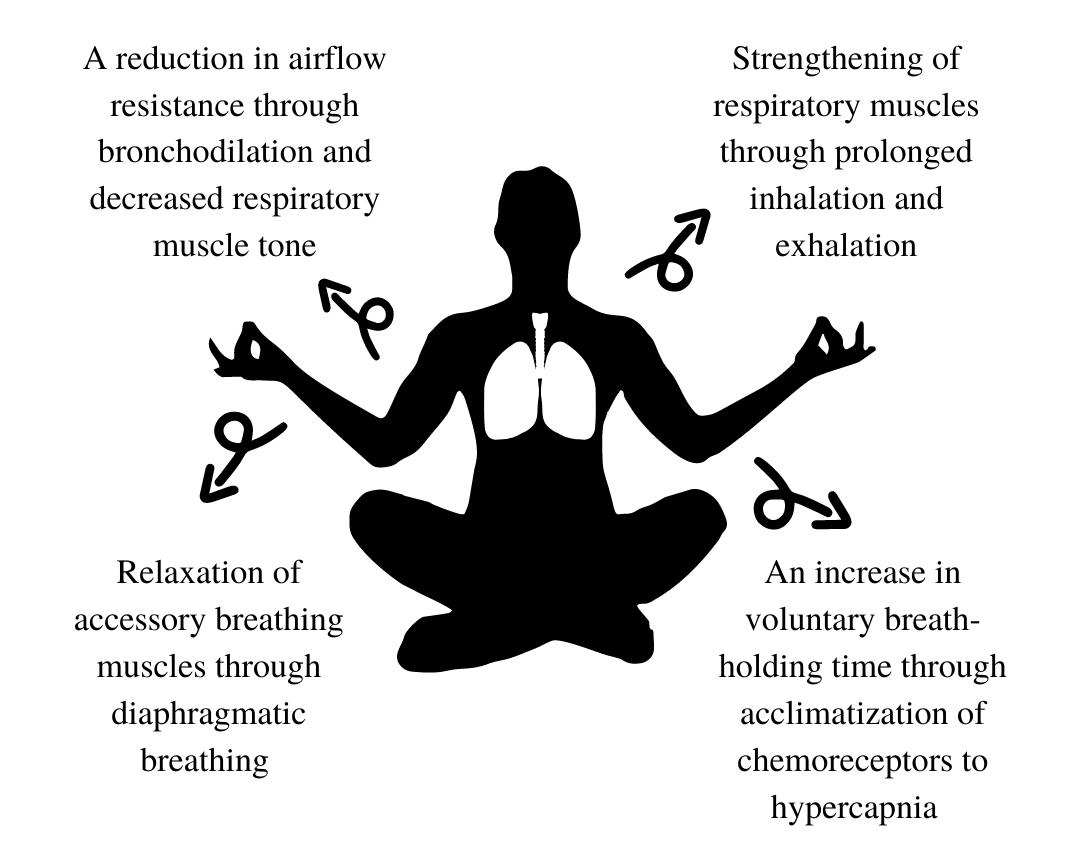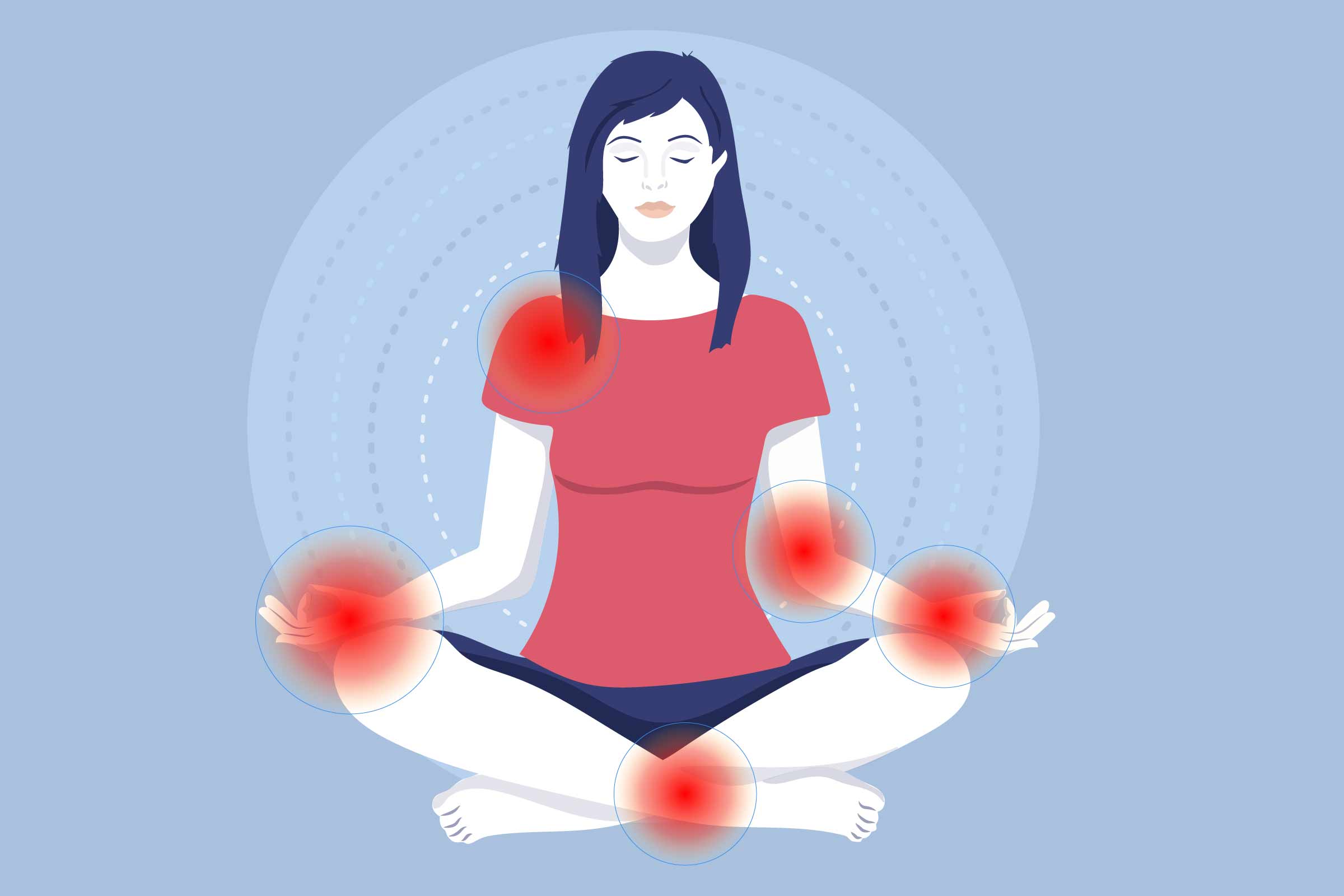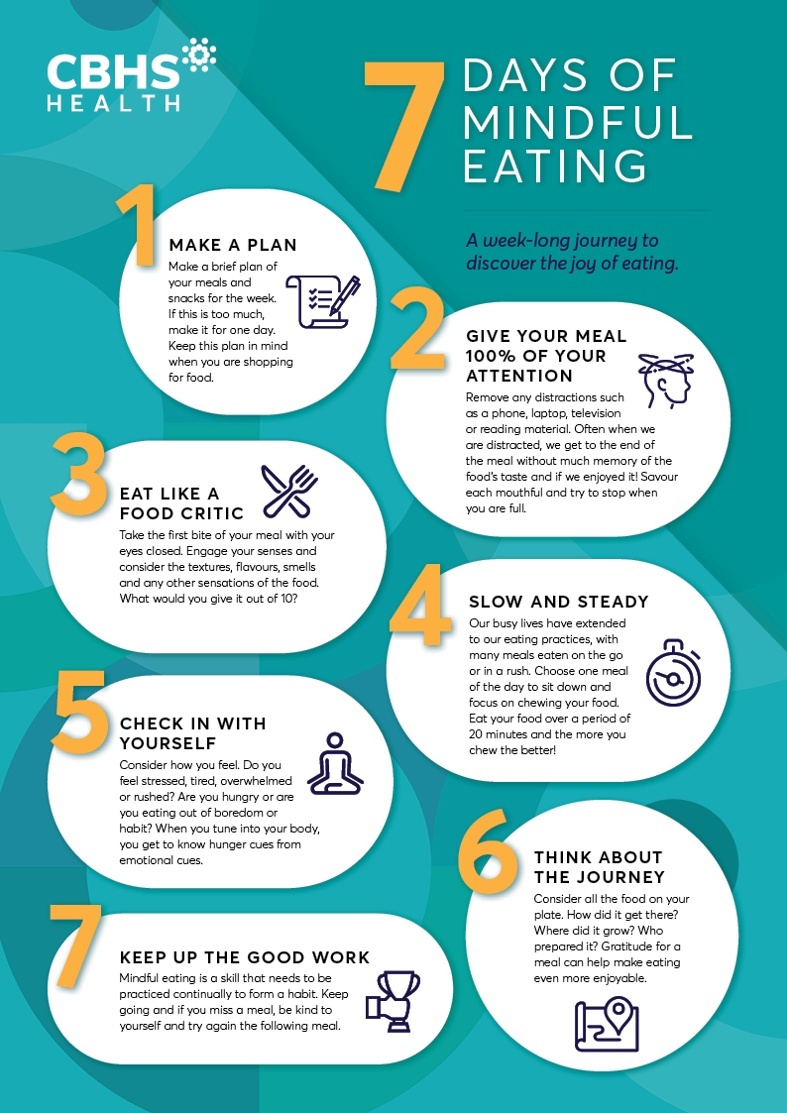Mindfulness techniques are practices that help cultivate a state of present-moment awareness and non-judgmental acceptance. These techniques can be beneficial for improving mental well-being and reducing stress. By incorporating mindfulness into your daily life, you can develop a greater sense of clarity, focus, and emotional balance. Mindfulness techniques include various meditation practices such as breath awareness and body scan, as well as mindful eating and engaging in daily activities with full awareness. By incorporating these techniques into your daily routine, you can enhance your overall well-being and lead a more conscious and meaningful life.
What is mindfulness?
Mindfulness is a state of being fully present in the present moment, with a non-judgmental and accepting attitude. It involves paying attention to your thoughts, feelings, bodily sensations, and the surrounding environment. When practicing mindfulness, you focus your attention on the present moment, without getting caught up in the past or worrying about the future. By cultivating this state of mind, you can develop a greater sense of clarity, calmness, and awareness. Mindfulness helps you observe your thoughts and emotions without judgment, allowing you to respond to situations rather than react impulsively.
Benefits of practicing mindfulness
Practicing mindfulness techniques offers a multitude of benefits for improving mental well-being. Here are some key benefits:
- Stress reduction: Mindfulness helps alleviate stress and promotes relaxation by allowing you to focus on the present moment rather than worrying about the future or ruminating over the past.
- Improved focus and concentration: Regular mindfulness practice enhances cognitive abilities, leading to improved focus, attention, and concentration in daily activities.
- Increased self-awareness: Mindfulness cultivates a deeper understanding of your thoughts, emotions, and physical sensations, allowing you to respond to them in a more constructive and balanced manner.
- Enhanced emotional regulation: Mindfulness enables you to observe your emotions without judgment, helping you develop healthier coping strategies and manage difficult emotions effectively.
- Better mental health: Studies suggest that mindfulness practice can reduce symptoms of anxiety and depression, improve overall well-being, and enhance resilience in the face of challenges.
By incorporating mindfulness techniques into your routine, you can enjoy these benefits and cultivate a greater sense of peace and well-being in your daily life.
Breathing Techniques

Breathing techniques are a fundamental aspect of mindfulness practice. They help anchor and center your attention on the present moment through focused breathing. Two commonly used breathing techniques in mindfulness are breath awareness meditation and diaphragmatic breathing.
In breath awareness meditation, you simply observe your breath without trying to change it. This technique helps develop concentration and awareness.
Diaphragmatic breathing, also known as belly breathing, involves breathing deeply into your diaphragm, allowing your abdomen to rise and fall. This technique promotes relaxation and reduces stress.
Incorporating these breathing techniques into your mindfulness practice can help you cultivate a greater sense of calm and improve your overall well-being.
Breath Awareness meditation
In a breath awareness meditation, you simply observe your breath without trying to change it. Find a quiet and comfortable place to sit or lie down. Close your eyes and bring your attention to your breath. Notice the sensation of the breath entering and leaving your body. Pay attention to the rise and fall of your abdomen or the feeling of air passing through your nostrils. If your mind wanders, gently bring your focus back to your breath. This practice helps develop concentration and awareness, allowing you to be fully present in the moment.
Diaphragmatic Breathing

Diaphragmatic breathing, also known as deep breathing or belly breathing, is a mindfulness technique that focuses on deepening and slowing down your breath. It involves using your diaphragm muscle to expand your belly as you inhale deeply, and then gradually exhaling completely. This technique helps activate the body’s relaxation response and reduces stress and anxiety. To practice diaphragmatic breathing, find a comfortable position and place your hands on your belly. Take a slow, deep breath in through your nose, allowing your belly to rise, and then slowly exhale through your mouth, allowing your belly to fall. Repeat this process several times, focusing on the sensation of your breath and the movement of your belly. This technique promotes relaxation and helps bring you into the present moment.
Body Scan Meditation
Body scan meditation is a mindfulness technique that involves systematically scanning your body from head to toe, bringing attention to each part and noticing any sensations or areas of tension. This practice helps you develop a deeper connection with your body and promotes relaxation and awareness. To practice body scan meditation, find a comfortable position and start by focusing on your breath. Then, slowly shift your attention to different parts of your body, starting from your head and moving down to your toes. Take note of any sensations or areas of tension and breathe into them, allowing them to release. This practice can help reduce stress, increase body awareness, and promote overall well-being.
Steps to Practice Body Scan Meditation
- Find a quiet and comfortable space where you can relax without distractions.
- Lie down on your back or sit in a comfortable position with your eyes closed.
- Start by focusing on your breath to bring your attention to the present moment.
- Begin scanning your body from head to toe, slowly and systematically.
- Notice any sensations or areas of tension in each body part and bring your awareness to them.
- Breathe into any areas of tension, allowing them to release and relax.
- Continue moving down your body, paying attention to each body part along the way.
- Take your time and be gentle with yourself as you go through the practice.
- After scanning your whole body, take a moment to notice how you feel.
- Slowly bring your attention back to your breath and when you are ready, gently open your eyes.
Remember, the key to body scan meditation is to observe without judgment and cultivate a sense of curiosity and compassion toward your body.
Benefits of body scan meditation

Body scan meditation offers numerous benefits for your mental and physical well-being:
- Relaxation and stress reduction: By consciously scanning and releasing tension in each body part, you can promote deep relaxation and alleviate stress.
- Increased body awareness: Body scan meditation helps you develop a deeper connection with your body, enabling you to recognize subtle sensations and address any discomfort or pain.
- Enhanced mindfulness: This practice cultivates present-moment awareness, training your mind to be fully present and non-judgmental.
- Improved sleep quality: Body scan meditation promotes relaxation, making it an effective tool for improving sleep quality and combating insomnia.
- Emotional regulation: A body scan helps you become more aware of emotions held in your body, allowing you to process and release them effectively.
By incorporating body scan meditation into your routine, you can experience these benefits and develop a greater sense of well-being.
Mindful Eating
Mindful eating is an approach that encourages you to pay attention to the entire experience of eating, from the taste and texture of the food to the sensation of being full. By practicing mindful eating, you can develop a healthier relationship with food and improve your overall well-being.
To practice mindful eating, start by slowing down and savoring each bite. Use all your senses to fully experience the food, noticing the flavors, aromas, and textures. Avoid distractions and focus on the present moment. Pay attention to your body’s hunger and fullness cues and eat only until you feel satisfied, not overly stuffed. By practicing mindful eating, you can develop a more balanced and mindful approach to nourishing your body.
Why practice mindful eating?
Mindful eating is important because it helps you develop a healthier relationship with food. By practicing mindful eating, you become more aware of your body’s hunger and fullness cues, which helps prevent overeating and promotes better portion control. It also allows you to fully savor and enjoy your food, leading to a more satisfying eating experience. Additionally, mindful eating can help you identify emotional triggers for eating, such as stress or boredom, and find alternative ways to cope with these feelings. Overall, mindful eating supports a balanced and mindful approach to nourishing your body.
Steps to practice mindful eating

To practice mindful eating, follow these steps:
- Slow down: Take the time to eat your meals slowly and savor each bite. This allows you to fully experience the flavors and textures of your food.
- Pay attention to your senses: Engage your senses while eating. Notice the aroma, taste, and texture of your food. Be present and fully experience each bite.
- Listen to your body: Tune in to your body’s hunger and fullness cues. Eat when you are hungry and stop eating when you are satisfied, not overly full.
- Remove distractions: Minimize distractions like electronics or multitasking while eating. Focus solely on your meal and the act of eating.
- Practice portion control: Use smaller plates and bowls to help control portion sizes. Serve yourself smaller amounts and avoid going back for seconds unless you are genuinely hungry.
By following these steps, you can cultivate a more mindful relationship with food, promoting healthier eating habits and overall well-being.
Mindfulness in Daily Activities
Incorporating mindfulness into your daily activities can significantly enhance your overall well-being. Try practicing mindful walking by focusing on your breath and the sensations of each step. Pay attention to the sights, sounds, and sensations around you, rather than getting lost in your thoughts. Similarly, engage in mindful listening by fully immersing yourself in conversations. Be present and truly listen to the words and emotions of others without judgment or interruption. These simple practices can help you cultivate a greater sense of awareness and connection in your daily life.
Mindful Walking
Incorporating mindful walking into your daily routine can be a powerful practice to cultivate mindfulness. To begin, find a quiet and peaceful place to walk. As you take each step, focus on your breath and the sensations in your body. Notice the gentle rise and fall of your chest and the feeling of your feet making contact with the ground. Pay attention to the sights, sounds, and smells around you. By being fully present in the act of walking, you can bring a sense of calmness and awareness to your daily life.
Mindful Listening
To cultivate mindfulness in your daily interactions, practicing mindful listening can be immensely beneficial. Mindful listening involves giving your full attention to the person you are listening to, without judgment or interruption. Here’s how you can practice mindful listening:
- Put away distractions: Set aside electronic devices and give your full attention to the person speaking.
- Maintain eye contact: Look into the speaker’s eyes to show that you are fully present and engaged in the conversation.
- Focus on nonverbal cues: Pay attention to the speaker’s body language, facial expressions, and tone of voice to better understand their message.
- Avoid interrupting or forming judgments: Allow the speaker to express themselves fully without interrupting or making assumptions.
- Practice empathy: Try to understand the speaker’s perspective and emotions, and respond with empathy and compassion.
By practicing mindful listening, you can deepen your connections with others, improve your communication skills, and foster a sense of understanding and compassion in your relationships.
Conclusion
Incorporating mindfulness techniques into your daily life can have a profound impact on your mental well-being. By practicing mindful breathing, body scan meditation, mindful eating, and engaging in mindful activities like walking and listening, you can cultivate a sense of presence, clarity, and compassion. Mindfulness enhances your ability to manage stress, improves focus, and deepens your connection with yourself and others. Take the time to explore these techniques and make mindfulness a part of your daily routine. Embrace the benefits of mindfulness and let it guide you towards a more balanced and fulfilling life.
Importance of incorporating mindfulness in daily life
:max_bytes(150000):strip_icc()/Mind-body-Map-illustration-9-2000-e0eda542dd0e4358a1bcef0fac1dd17c.jpg)
Incorporating mindfulness into your daily life is crucial for improving your mental well-being. By practicing mindfulness techniques regularly, you can reap numerous benefits such as reduced stress, increased focus, and enhanced self-awareness. Mindfulness helps you cultivate a sense of presence, allowing you to fully engage with the present moment and actively participate in your own life. It can also improve your relationships, as it promotes empathy and compassion towards yourself and others. By making mindfulness a part of your daily routine, you can experience a greater sense of balance, clarity, and fulfillment in your life.
Resources for further exploration of mindfulness techniques
Looking to dive deeper into mindfulness techniques? Here are some resources to help you on your journey:
- Books: Check out “The Miracle of Mindfulness” by Thich Nhat Hanh or “Full Catastrophe Living” by Jon Kabat-Zinn for insightful guidance and practices.
- Online Courses: Platforms like Coursera or Udemy offer various mindfulness courses taught by experts in the field.
- Apps: Try using meditation apps like Headspace, Calm, or Insight Timer for guided mindfulness exercises.
- Podcasts: Tune into podcasts like “The Mindful Kind” or “10% Happier with Dan Harris” for expert interviews and practical tips.
Remember, exploring and experimenting with different resources will help you find the mindfulness techniques that resonate with you the most. Happy exploring!

